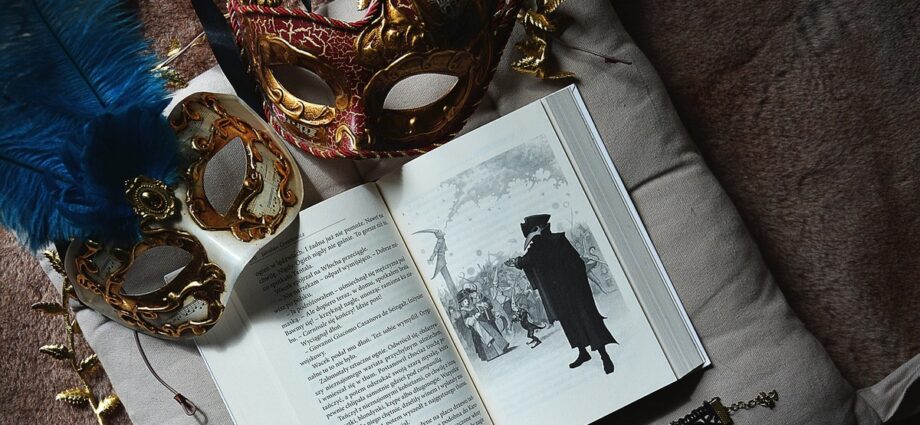The term “illustration” can be understood in both the broad and narrow sense of the word. In the broad sense it is any image that explains the text. There are many drawings, paintings and sculptures, which were made on literary themes, but which had an independent artistic value. For example, the canvases by O. Daumier, based on the novel Don Quixote by M. Cervantes. In a narrow, strict sense, illustrations are works intended to be perceived in a certain unity with the text, that is, they are in the book and participate in its perception in the process of reading. The illustrations for a literary work together with it constitute a whole. Book illustrations, withdrawn from the text, can sometimes become incomprehensible and inexpressive. Illustrations are not independent in plot, they must match the content of the literary work. They can enrich or impoverish it. The artist is required to become a co-author of the book, to make visible the ideas and images of the writer, thereby helping to better understand the content, to present more specifically the era, life, the environment of the characters in the book. But this does not mean that the illustration should be a simple pictorial and graphic retelling of the text.
- Explanation with the help of illustrative examples.
- An image that accompanies and supplements the text (drawings, engravings, photographs, reproductions, maps, charts, etc.).
- The field of art associated with the visual interpretation of literary and scientific works.
However, the relationship between literature and painting is not limited only to illustration. From a historical perspective, two varieties can be distinguished in the creative relationship between literature and painting. The first one is a purposeful development of a plot, based on literary material, by means of painting. An example is the painting by V.M. Vasnetsov “After the Battle of Igor Svyatoslavich with the Polovtsy. The second is the creation of an artistic canvas on a cultural and historical basis, such as Vasnetsov’s “Bayan” that is not directly connected with the subject of “The Tale of Igor’s Campaign”, but recreates the type of Old Russian storyteller as it survived the legends of the ages. There are works in which pictures play an important role in the storyline: “Portrait of Dorian Gray” by Oscar Wilde, the story: “Portrait” by Nikolai Gogol. In this work of Gogol, we see how strongly painting can affect a person. Undoubtedly, it is a fantastic story, but painting has a key role in it. Thus, works in which painting and pictures play a key role are another point of intersection between painting and literature.
